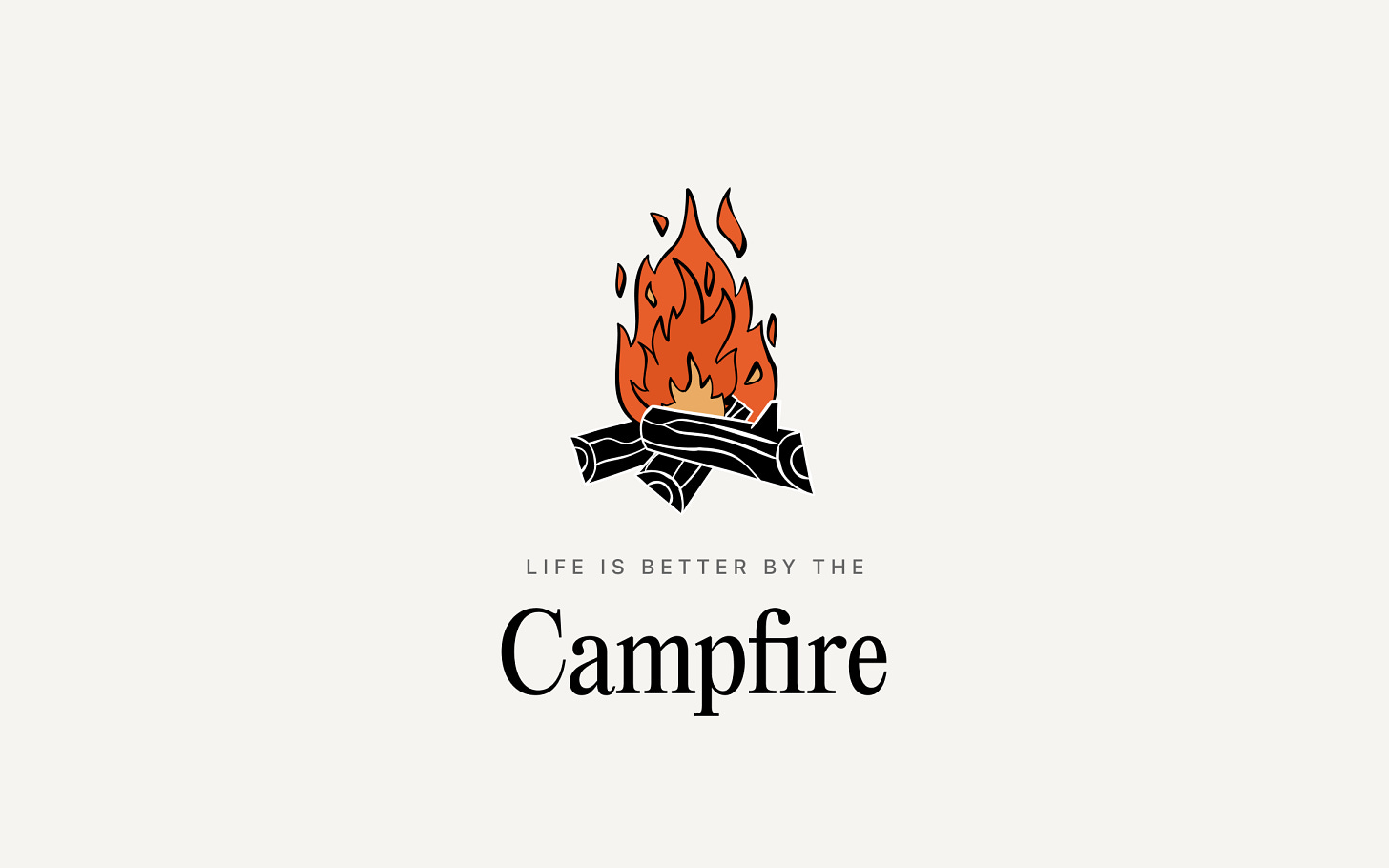Campfire 28: How to show your clients you’re an expert designer without saying it?
As I’m starting my freelancing business, how do I show my clients that I’m an expert? Ideally, I don’t have to tell it verbally.

It’s Friday, and here we are with a new Campfire 🔥 edition sent by truly yours, Alex Dovhyi. Each week I answer questions from readers about design, freelancing, building skills, switching careers, and anything else that makes you scratch your mind.
This week's question is... 🥁
As I’m starting my freelancing business, how do I show my clients that I’m an expert? Ideally, I don’t have to tell it verbally.
Over the past 10+ years of my design career, I have noticed that to make clients see you as an expert immediately — you should be doing lots of small things.
Here are my TOP 3 things to do to show your clients you’re an expert designer without saying it:
Discussing money
Treatment without diagnosis
Don't try to do everything
Discussing money
Take care of money first. Don't leave it until the end of the conversation. Figure out your minimum level at which you start engagements (the lowest amount you're willing to work for).
Understand the approximate time frame for various price points and deliverables. Make sure you can say a large number and then remain silent until you hear a reaction. And don't be too quick to change your mind. To understand what the client values — ask specific questions.
Talking money means you understand business.
Treatment without diagnosis
Asking specific questions that will provide you with information that will assist your client in making a better decision.
The caliber of your questions demonstrates your knowledge. Bring at least three of those with you. Never recommend a solution too quickly. Research should yield solutions. And, yes, initial client conversations are included in the research — but it's never entirely enough.
Take your time learning about the problem.
Don't try to do everything
Concentrate on one thing and excel at it. That is why they hired you.
I know you're talented, and you can also do illustrations and logo design. However, this changes you from a brain surgeon to a general practitioner.
So, concentrate on one thing while downplaying the others. Get hired, gain their trust with your core competency, and then upsell the rest later.
Be a brain surgeon, not a general practitioner.
Conclusion
Start using these three things in your conversations with clients, and soon you'll start hearing this in the first minutes of your meetings:
“Obviously, you are an expert at this.”
This weeks discovery
Tweet of the week
if you’re struggling with a design, remember that it's part of the process
the solution will present itself eventually, and when it does, it'll feel magical
✨— Orman Clark (@ormanclark) August 24, 2022
Food for thought
The way we view free time is making us less happy
Isn't it true that the prize is leisure? We work hard, so we want to play hard; we look forward to our vacations, believing that the more time we have to ourselves, the better our lives will be.
However, research shows that both having leisure time and deciding how to spend it can be very stressful. Some people feel enormous pressure to make the best use of their downtime by researching more, anticipating and spending more money.
As the data show, the pressure to maximize our enjoyment of leisure may get in the way of our enjoyment of leisure itself.
The book that changed my life
Many of us (including me) have read at least one of Austin Kleon's books. Earlier this year, it’s been 10 years since Steal Like an Artist was out. This and other books have greatly influenced my thinking about creativity and what it takes to be a designer.
And after 10 years, I would still recommend it to everyone doing any type of creative work.
In this post, Austin reflects on the writing of his first and best-known book.

